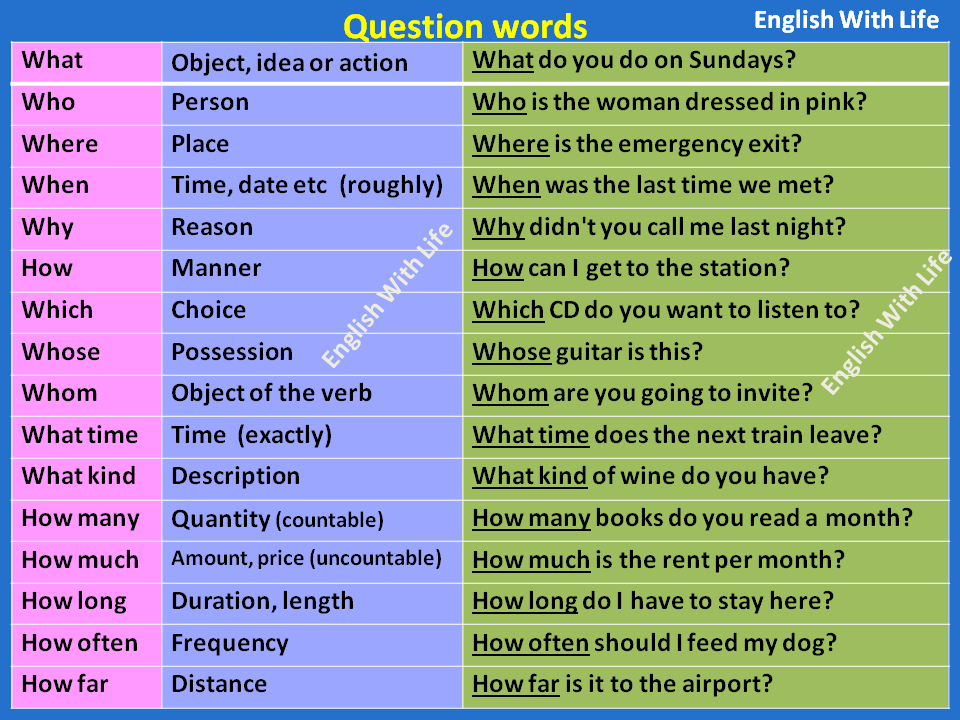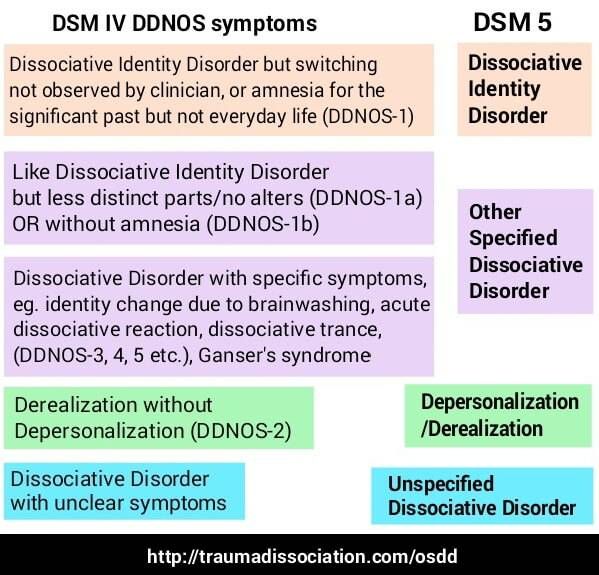Feeling like you re on autopilot
Here’s what to do when you feel like you’re living on autopilot
HOW TO TAKE BACK CONTROL WHEN LIFE FEELS LIKE IT’S MOVING WITHOUT YOU
By Jackie Menjivar
Have you ever fallen into a rut where every day feels the same, and you’re just going through the motions? Maybe you've felt a little numb to what’s happening around you. You might even get the sense that you’re not living your life to the fullest.
It’s super common to feel like you’re living on autopilot — especially now. A lot of us are still adjusting from the monotony of our quarantine routines. We’re also living in a time when the pressures from school and work keep our days revolving around schedules and deadlines.
This autopilot feeling can be related to mental health conditions like depression, anxiety, or dissociative disorders. It may also be a sign that you’re feeling burnt out or not coping well with stress. Whatever the cause, you
can get off autopilot and take back control of your life. Here are some steps that can help.
Pause and reflect.
One of the ways you get stuck on autopilot is by feeling like you always have to be moving forward. School or work might pressure you to meet deadlines and constantly move from project to project. Or you might like to keep yourself busy with a packed schedule of activities and events.
When you feel like you can’t stop moving, you don’t leave space to make conscious choices about your days. It’s okay to stand still sometimes. The next time you catch yourself slipping into autopilot, pause for a moment, and ask yourself some questions:
What are you doing right now?
What else have you done today?
How are you feeling?
How could your behavior impact the way you’re feeling?
Reflect on what you’re actually doing, and change course if it doesn't feel right.
Do one thing differently.
Routines can be helpful. They give you stability, keep you organized, and make sure you get important things done. But there’s a fine line between following a healthy routine and falling into a rut because it’s comfortable. Look at your habits and find the places where you could be doing something differently.
They give you stability, keep you organized, and make sure you get important things done. But there’s a fine line between following a healthy routine and falling into a rut because it’s comfortable. Look at your habits and find the places where you could be doing something differently.
You can switch up the things you already do every day. Cook something new for dinner, wear an outfit that you haven’t before, or take a different route to work. You could also do something completely out of your routine, like exploring an unfamiliar neighborhood or starting up a new hobby. The point is to get out of your comfort zone and do something that pushes you even just a little bit.
Set a goal (or a few!).
You might end up on autopilot because you’re so focused on getting through the day-to-day that you forget about why you’re doing it or what you’re actually working toward. If you’re feeling stuck, a goal can help put you back on track.
Set a goal and then figure out the steps you need to take to achieve it. It doesn’t have to be some huge, life-defining thing (although it can if you want it to be!). You can start by setting a short-term goal to perfect a new yoga pose or perform at an open mic. Then, think about those bigger goals — career plans, dream vacations, and bucket list stuff.
It doesn’t have to be some huge, life-defining thing (although it can if you want it to be!). You can start by setting a short-term goal to perfect a new yoga pose or perform at an open mic. Then, think about those bigger goals — career plans, dream vacations, and bucket list stuff.
Practice mindfulness.
We can’t get around it. There are some things we just have to do the same every day. But instead of doing them automatically, try to do them consciously. Mindfulness is all about awareness. Be aware of what you’re doing, how you’re feeling, and what you’re thinking throughout the day.
The next time you’re doing something routine, try to stay in the moment. Don’t zone out and start thinking about what comes next. Taste and savor every bite of your lunch, and be proud of yourself for cooking it. Feel the warm water of the shower and take your time getting clean and ready for your day. Even in the most mundane moments, what do you feel, see, smell, and hear?
Cut down on tech.
How many times a day do you reach for your phone without even thinking about it? By the time you look up, you’ve just zoned out for an hour watching TikToks that you can’t even remember.
That doesn’t mean you have to ditch your phone. Just make it harder to mindlessly scroll. Set screen time limits or move your apps into a hidden folder so that you have to make a conscious effort when using them. Even just setting your phone down for a certain amount of time each day can push you to get off autopilot and fill your time with something new.
Take more pictures.
Make it a goal to take a picture every day. It’ll help you do a couple things:
Slow down. When you take a picture, you’re forced to physically stop and take in what’s in front of you. It’ll help you be more mindful of the special moments in your day and save them for the future.
Reveal patterns. If all your daily pictures start to look the same, it may be time to change it up.
 You become more aware of your habits when you’re documenting them.
You become more aware of your habits when you’re documenting them.Challenge yourself. You’re probably gonna try to capture a really unique moment every day, and this can push you to do new things, go to new places, or see things differently than you normally would.
Connect with people.
We feel most in tune with ourselves and our environment when we connect with people. It’s easier to be in the moment when you’re with another person, especially if you’re spending meaningful time with them.
It can be a small or big connection. Whether you’re having a long conversation with a friend or just smiling at a stranger at the grocery store, those little exchanges remind us to look up from our routines and really engage with the world around us.
—
Your life matters, and you deserve to feel in control of it. When the days start to feel blurry, know that you have the power to get back in the driver’s seat.
We all feel stuck sometimes, but if you’re struggling with chronic feelings of disconnection, consider taking an online mental health screen. It’ll help you check in with your mental health and connect you with more resources.
It’ll help you check in with your mental health and connect you with more resources.
6 signs you are on autopilot mode
Mental Health- Share
- Tweet
Written by Leah Sinclair
backgroundLayer 1Add this article to your list of favourites
Amid all the doom and gloom in the world, switching off from it all is becoming more of a reality. We’ve spoken to consultant psychologist Dr Jeanina Mahrenholz about the signs of being on autopilot mode and how to overcome it.
How many of us have seen the film Groundhog Day?
You know, the one with Bill Murray where he is forced to relive the same day over and over again?
While the premise of the film isn’t technically realistic, many of us find ourselves spending our days the same way while dealing with numerous thoughts occupying our minds – after all, the average person will typically have more than 6,000 thoughts in a single day – something that can have an untold effect on our mental health.
Whether you’re thinking about relationships with family and friends, succeeding at work, news anxiety or thoughts about the future, our brains can become a minefield of thoughts that can take over while living out the same physical reality day to day.
This can create a disconnect between our physical and our mental state that we often feel uncomfortable talking about, and sometimes it can be easier to just switch off.
You may also like
Minimalism benefits: 3 women on why being a minimalist is so important for their mental health
This is where living your life in autopilot mode comes in, as it’s often accompanied by feelings of detachment, boredom and disconnection.
It’s something many of us have experienced, particularly amid the Covid-19 pandemic, as we go about our lives doing the same thing over and over again while trying to process all the things that can impact our lives.
“In mental health, one often interprets [being in autopilot] as the mind being overclouded with noise, emotions and unable to process or even compartmentalise thoughts,” says Dr Jeanina Mahrenholz, a consultant psychologist at Chelsea P. Medical Clinic.
Medical Clinic.
You may also like
Mental health: these are the 10 types of overthinking to look out for, according to an expert
Dr Mahrenholz tells Stylist that the brain, mind or body may go into survival mode as a result of these experiences and being on autopilot can be a way to cope and deal with life.
What are the signs that someone is in autopilot mode?According to Dr Mahrenholz, the signs may differ per individual due to various situations, triggers, environments and expectations. But there are six key signs that people can look out for, starting with a lack of presence in the moment.
The psychologist adds that another sign someone is in autopilot mode is if they have difficulties adapting to change of plans or environment and often experience feeling numb, extreme exhaustion, insomnia and even panic attacks.
“This may occur when one has to live up to a high-pressure environment at work or even at home,” she tells Stylist.
You may also like
Mental health: how to tell the difference between stress and anxiety
“Although when on autopilot there is in essence no sense of control to live one’s life as desired, the individual might not always be aware of this. Oftentimes one has to find awareness through acknowledging the exhaustion, anxieties or even experiencing burnout.”
How can someone overcome living in autopilot mode?For those who acknowledge that they are living in autopilot mode and want to shift towards a calm mind, happy soul and life with purpose, Dr Mahrenholz says there are six key steps that someone can take – starting with having a dialogue with someone about how you feel.
“Discuss the situation with someone you trust,” she says. “Also explore the triggers or even evaluate when the autopilot mode started.”
“Once timelines and triggers are established, it’s important to counteract with positive actions and experiences,” says Dr Mahrenholz. “Take a step back from life by taking a break from your routine.”
“Take a step back from life by taking a break from your routine.”
“Every situation needs to be individually evaluated and sometimes [being on] autopilot is because one feels there is no other option or it’s related to life responsibilities”
The psychologist advises that people start with small changes so it doesn’t feel overwhelming, adding that a “short-term goal list might help”.
“Also, going back in time and reminding oneself of what brings joy and, if you’re open to it, seek professional help.
“Mindfulness-based cognitive therapy is proven to be successful as it combines a variety of techniques and tools such as meditation, a non-judgmental environment, evaluation of thoughts and even physical exercises such as stretching to connect body and mind,” she advises.
“Every situation needs to be individually evaluated and sometimes [being on] autopilot is because one feels there is no other option or it’s related to life responsibilities. But if this is temporary, one might shift gradually back into the old or new self if the situation permits.
“It’s all about evaluating the time frame and the situation – as well as each individual’s response.”
If you feel like you are struggling, the NHS has additional information on recognising the signs and seeking help.
Sign up for the latest news and must-read features from Stylist, so you don't miss out on the conversation.
Enter your email addressBy entering my email I agree to Stylist’s Privacy Policy
Image: Getty
Topics
- Mental Health
- Wellbeing
- Anxiety
Share this article
Recommended by Leah Sinclair
Mental Health
Why being the ‘second happiest’ person in the room has its advantages
The pursuit of happiness isn’t always a good thing.
- Posted by
- Lauren Geall
- Published
Mental Health
Feeling disconnected from yourself? Your ‘emotional blindspots’ could be to blame
Despite how big an impact our emotions can have on our mental health, many of us subconsciously avoid our feelings.
- Posted by
- Lauren Geall
- Published
Mental Health
A therapist explains why you’re breaking down over the smallest things right now
If you’re feeling overwhelmed by everyday life, read this.
- Posted by
- Amy Beecham
- Published
Mental Health
6 simple ways to boost your mood and improve your mental health this spring
Catch spring fever with these six tips to inject some renewed hope into your life.
- Posted by
- Meg Walters
- Published
Life on autopilot: how to take back control
When we are not in control of life, it seems to just happen to us. How does this happen?
How does this happen?
The fact is that the unconscious decision-making system was designed by the brain in order to get rid of overload. Routine tasks are performed unconsciously, but if this happens too often, the mechanism created to protect already separates us from the control of our own lives.
Change consultant Gustavo Rosetti helps clients create a "culture of change". Citing research, he writes that many of us make most decisions automatically and our minds spend most of our time wandering. Many then can not even remember what happened to them. nine0003
For example, at home, where attention should help us take care of ourselves and fully communicate with our loved ones, we continue to live on autopilot. We do not think about what we watch on TV, put on, eat and even talk about. And studies show that mindless watching TV, for example, impairs memory and perceptual abilities.
Five signs that we are living on autopilot
- Our days are predictable.
 Without thinking, we repeat the same actions, follow the usual plan, where there is no room for improvisation or drastic changes. nine0014
Without thinking, we repeat the same actions, follow the usual plan, where there is no room for improvisation or drastic changes. nine0014 - We let the expectations of others determine our choices and do not pay attention to what we need.
- We are always available, no matter how busy we feel or how busy we are.
- We feel especially keenly how time flies when in the evenings we cannot remember what we did during the day. It can torment the guilt for having done so little.
- We miss a lot and could have received more joy, but we cannot stop “wandering unconsciously”.
Meditation for the Future
Helping change lives for the better, Rosetti uses an exercise called Meditation for the Future. He invites you to turn on your imagination and imagine yourself in a year, three, five and ten years. The goal is to connect with your dreams and desires and understand how to realize them. To his surprise, many have difficulty doing this practice. They are so disconnected from the present that they lose the ability to dream and imagine themselves in the future.
"Think slow, decide fast"
This is the title of a book by Nobel laureate psychologist Daniel Kahneman in which he explored our two systems of thought.
The first is "autopilot", an unconscious and fast way of thinking. This system is autonomous and effective, although deceptive. It is prone to distortion and repetitive errors. Ideal for quick decisions based on a small amount of information. However, it is not suitable for career planning, choosing housing or a partner.
The second system is slow, conscious and "hard-working". More reliable and able to filter out erroneous judgments first. Ideal for complex reasoning: logical reasoning, managing interpersonal relationships, learning new things and forming habits. nine0003
Neither way of thinking is better than the other. The bottom line is their balance. Due to its laziness, the brain often uses the first system. In order not to live life on such an autopilot, you need to be aware of this and train your mind.
Take back control
Autopilot helps you do your daily activities: driving, doing laundry or shopping for groceries. And slow thinking is vital for dealing with serious situations and dilemmas. Choosing a thought system wisely is like sitting back in the driver's seat. We decide when to turn on the autopilot and when not. nine0003
For many, it is more convenient not to think and let life just flow, than to take control. But those who have it turned on all the time do not live, but simply exist. How can you start taking control of your life again?
1. Be aware of your way of "moving"
This means that you need to learn more about your own behavior. Is it our choice to live on such an autopilot? How does this affect our decisions? Who decides what show to watch, what food to eat - us or him? Try journaling or making notes that will help you change your habitual way of thinking and take back control of your life. nine0003
2. Install your "navigator"
What is our destination in life? “Choose something worth dying for and live for it,” reminds Rosetti.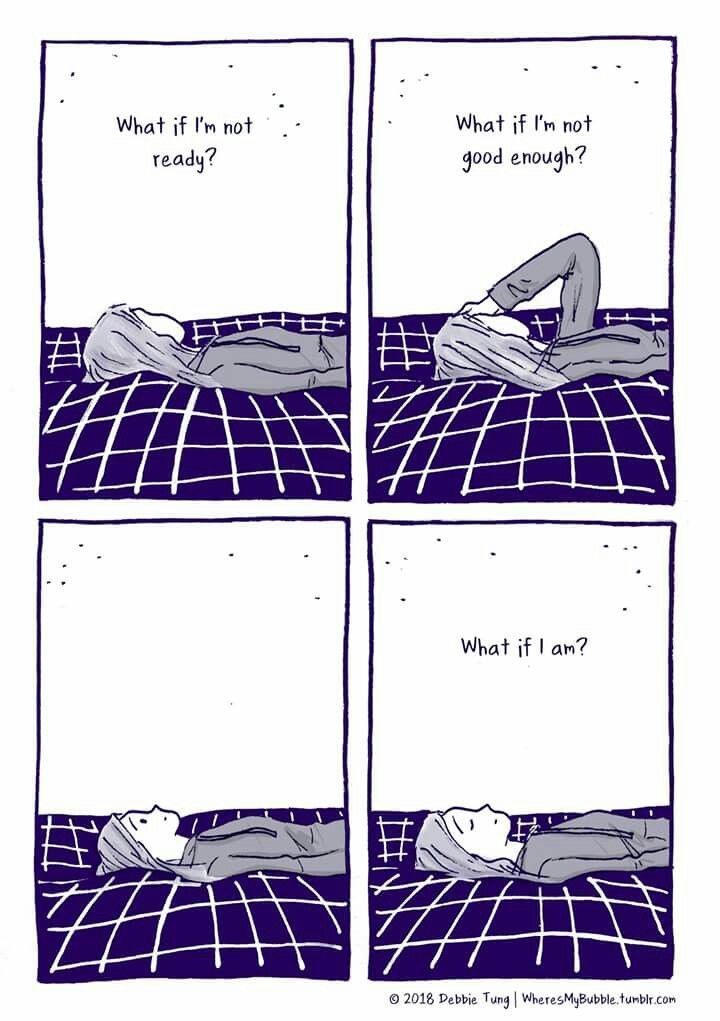 The purpose of life should guide and inspire us day by day. When we know where we want to go, it is easier to avoid paths that lead nowhere.
The purpose of life should guide and inspire us day by day. When we know where we want to go, it is easier to avoid paths that lead nowhere.
3. Bring meaning to your daily routine
There's nothing wrong with using autopilot, but when it becomes the "control system" of choice, it becomes a problem. Habits determine our focus and efficiency. They should be connected with the purpose and tasks of our life. “Don't let routine dictate how you live. Bring more attention to your daily activities." nine0003
4. Stop and think
Pressing the brakes will disengage the autopilot. Pause is more than just slowing down. She creates space for attention. We can stop and think about our lives. What is going on in it? Are we focused or distracted? Why? When the mind is constantly busy, we become its prisoners. A pause gives freedom.
5. Go beyond the comfort zone
Living such a life, we stop challenging ourselves, get bored and repeat ourselves. Discomfort opens the door to personal growth and development. Learning starts outside the comfort zone. Rosetti recommends testing your limits and trying new things: “Develop the practice of bringing fresh experiences into your life. At the same time, to feel alive, it is not necessary to jump with a parachute. Start small." nine0003
Learning starts outside the comfort zone. Rosetti recommends testing your limits and trying new things: “Develop the practice of bringing fresh experiences into your life. At the same time, to feel alive, it is not necessary to jump with a parachute. Start small." nine0003
6. Make meaningful decisions
You can put simple actions on autopilot. However, if your intuition tells you that perhaps the choice is wrong, think about it. You should try to avoid cognitive biases and challenge the first decision that comes to mind. “Remember that your lazy brain will take the most convenient path, not the most meaningful one. Important decisions need to be carefully thought through.
What will our tomorrow be like if in today's routine we turn off the "autopilot" and think about the purpose of our actions? nine0003
Unconscious reality: 10 signs you are living on autopilot
Table of contents:
A person who is not aware of himself in the moment, does not develop and does not try new things, lives like in Groundhog Day: the same thing every week and season.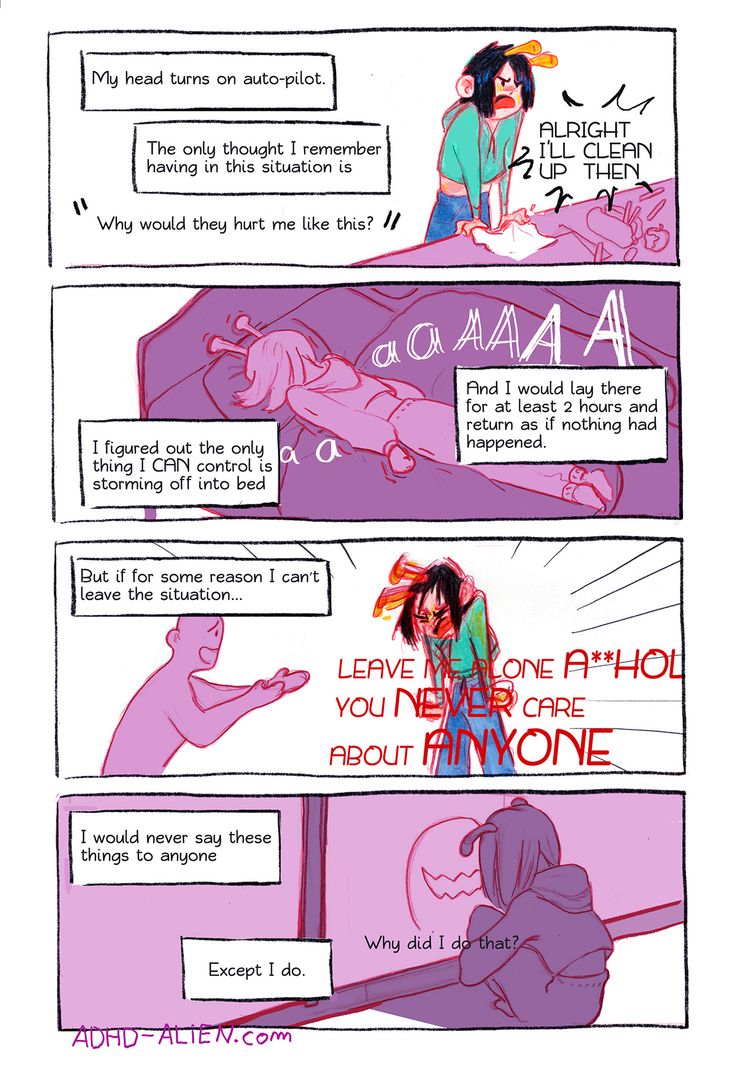 If, by the signs below, you realize that you are living on autopilot, quickly change your reality!
If, by the signs below, you realize that you are living on autopilot, quickly change your reality!
Have you had to leave the house in the morning and then suffer for half a day remembering whether you closed the door? Or maybe sometimes you realized that you went into the room for no reason? All these are signs that you are living by inertia, on autopilot. nine0003
How to become a mindful person and enjoy all that is
back to index ↑Life by inertia is like a car's cruise control, it makes you think less. So, the car itself sets the speed, and you just have to steer and try not to crash into anything.
It's the same with your life. By turning on the autopilot, you do not live your life to the fullest, but simply hope that everything will be fine. In other words, you are not interested in making conscious decisions, but simply expecting things to happen the way they have always happened. Here are 10 signs you can tell if your life is on autopilot or if you are moving towards awareness.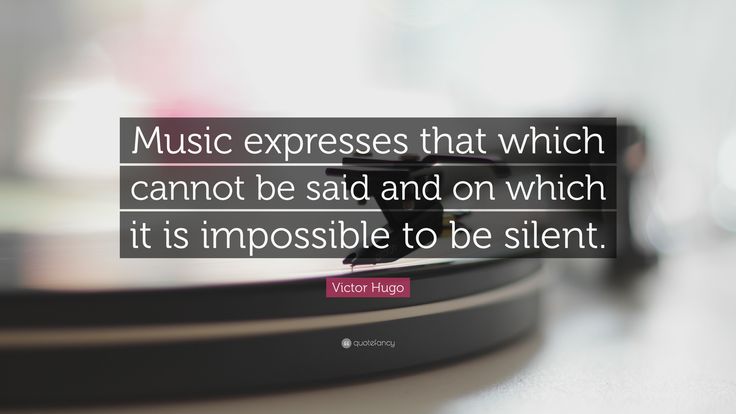 nine0003
nine0003
back to index ↑
1. Chaos and vanity
You are constantly moving, from one activity to another, without even short pauses. Moreover, you feel discomfort if you are not busy with anything. It is very difficult for you to just stop and do nothing.
Escape from the bustle: 5 ways to make life conscious
2. Bad memory
Sometimes you can't remember how you did things. In the morning you have done several different actions, but by the evening you cannot list them. Many people consider this a sign of aging or fatigue, but in reality you are simply not paying enough attention to what you are doing. nine0003
3. Multitasking and defocusing
Your brain is constantly "chasing" the following actions. Even when you are talking to someone, part of you is listening to the interlocutor, the other part is thinking about the meeting, which will take place in half an hour. Basically 24/7 multitasking.
back to index ↑
4.
 Inattention in communication
Inattention in communication When communicating with someone, you do not constantly look at the interlocutor, all the time look away - either to the side, then to the clock, then to the phone. You do not give the person maximum attention, instead you act as if you are in a hurry. Some in this situation think that you are not interested and bored with them. nine0003
How to please people: 6 principles for building a conversation
back to index ↑5. Follow the crowd
You join people even if you don't really want to. For example, a group of colleagues go to watch football and you go with them even though you don't like football.
Sometimes you have your own reasons, and sometimes you go just because everyone else is going. Do you often find yourself in places where you don’t really want to be?
back to index ↑ nine0010 6. Resistance to new
You resist new ideas or reject them completely. For example, one of the colleagues suggests innovations to make work more productive. You refuse without even understanding all the nuances. Why change something that already works?
You refuse without even understanding all the nuances. Why change something that already works?
11 amazing ways to diversify your life
back to index ↑7. Desire to keep everything the same
You like it when things go the way they always have. You do not like innovation and change. You eat at the same restaurants, you buy the same cars, your vacation always looks the same, and you hate the idea of changing things up. You like everything as it is. nine0003
back to index ↑
8. Ignorance of goals
You have no idea where your life is going. If you are asked about life goals, then the answer is either “wait for retirement” or “I don’t know.” Is your life really a period from paycheck to retirement?
9. Interests for life
Your interests and hobbies have not changed since childhood. As a child, you were interested, for example, exclusively in football, and so it continues. It doesn’t even occur to you that you can explore some new area.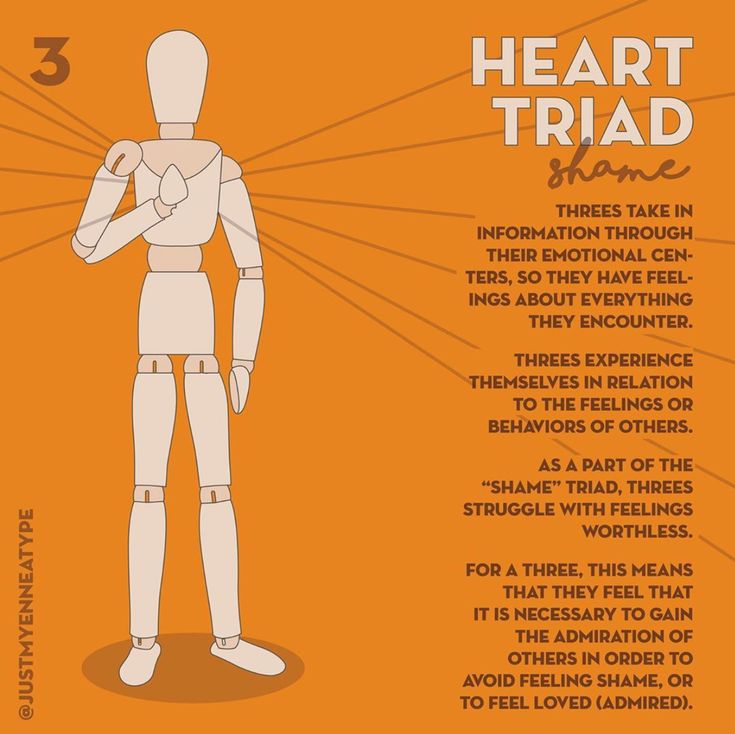 nine0003
nine0003
back to index ↑
10. Days are alike
Your every day, week, year are similar to the previous ones. From the outside, it looks like nothing has changed in your life. Looking back, you realize that you have been doing the same thing all your life.
Are you ready to disable the autopilot? If you have used it all your life, then this task may seem overwhelming. And it's really not easy. But quite doable.
The key to success is to start with small steps. Choose an area of your life where it will be easiest to initiate change. For example, visit a new restaurant once a month. Perhaps you will find something interesting that you did not suspect before. nine0003
And then continue in the same spirit. Take a brand new car for a test drive and invite your friends to test it with you. It will be fun!
If you do not take change too seriously, but take it with laughter and pleasure, you will definitely like it, and over time, not your life will control you, but you will control it.


